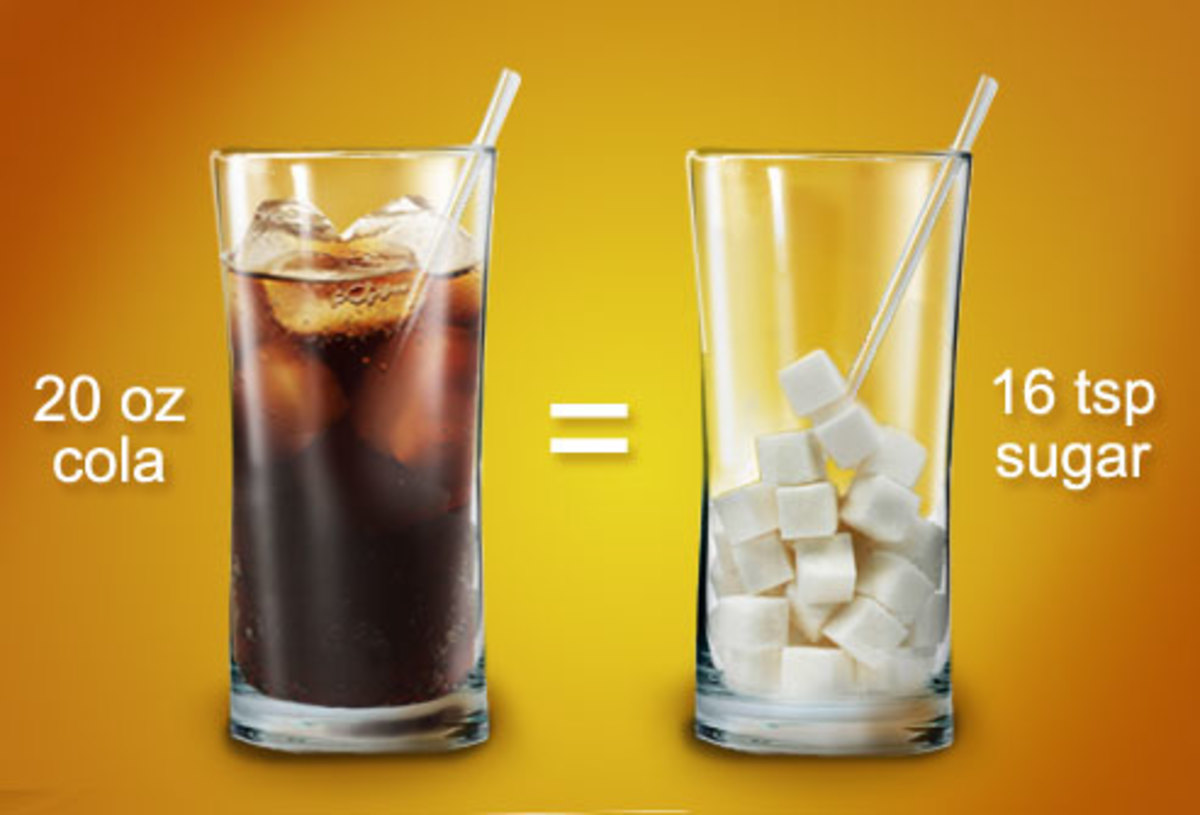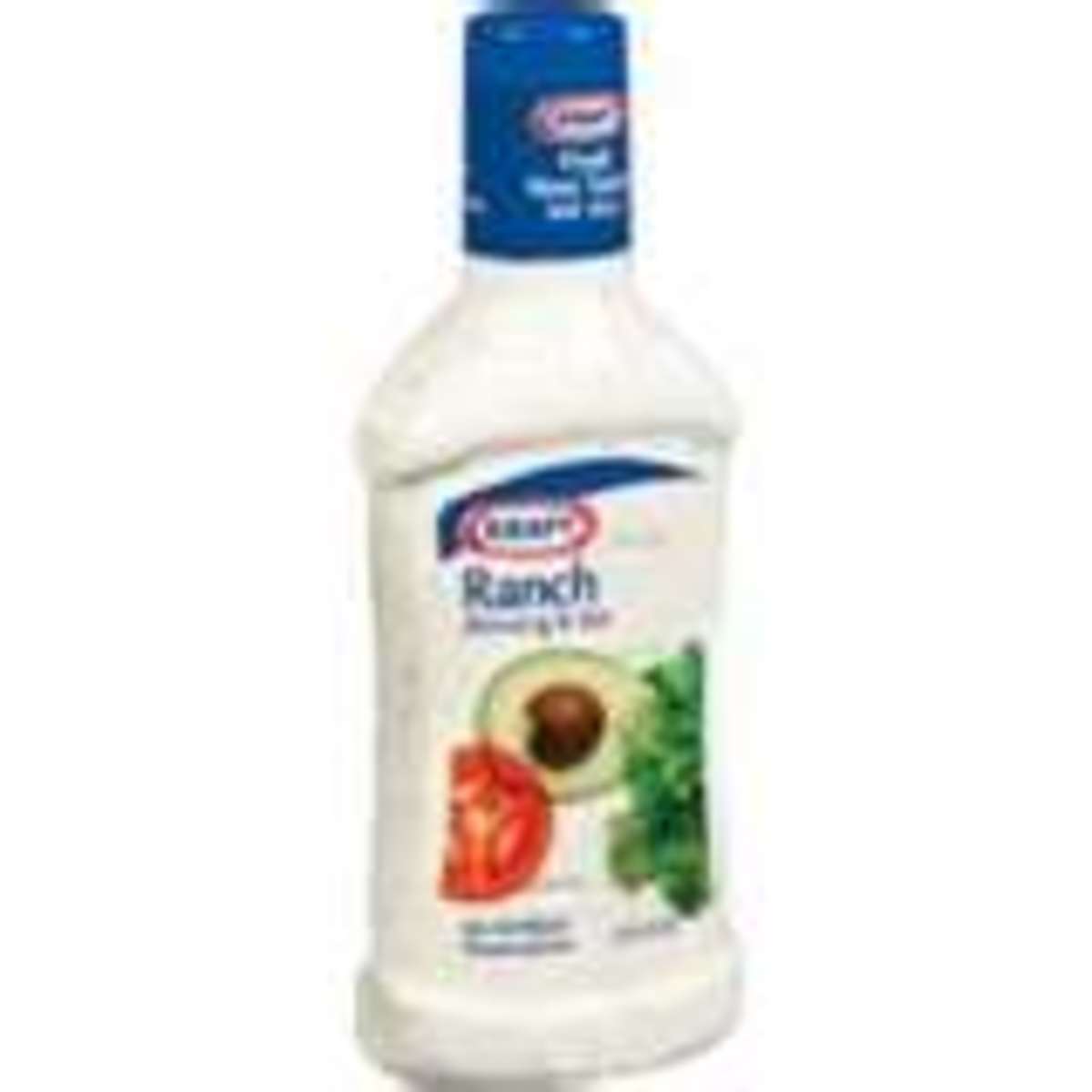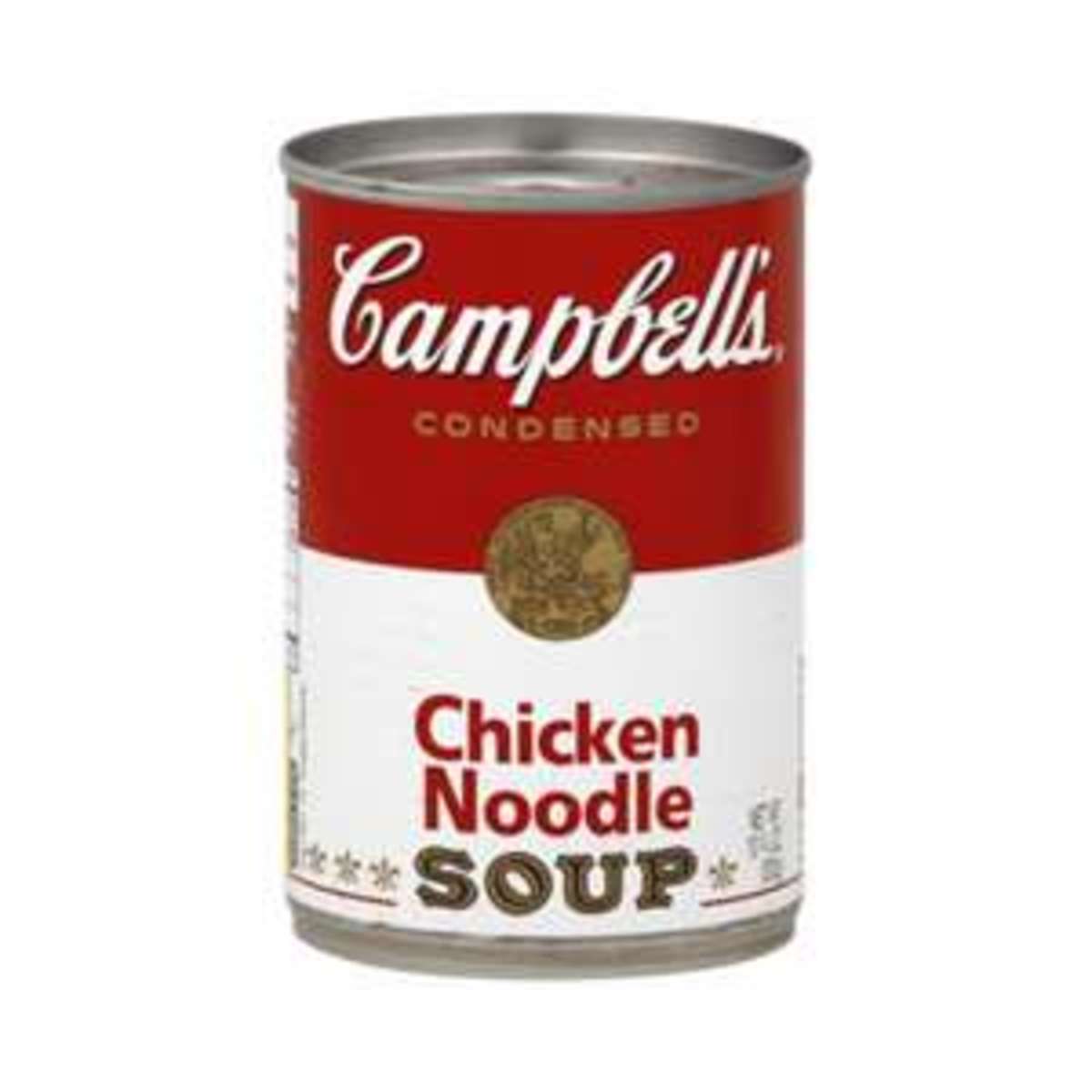Do You Understand and Trust Food Labelling?
What To Look Out For
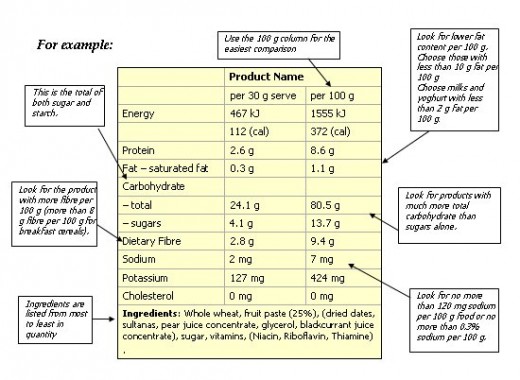
Just What Is In The Food That You Eat?
It is increasingly tricky working out just what you are eating.
Even if you opt for fresh products can you really be sure what you are eating is healthy and fit for human consumption?
With pesticides sprayed on crops and food modified in some cases for a longer shelf life assessing how safe your food is may not be easy.
But as food labelling changes and in some cases improves it should be easier to work out calorific content, fat, sugar and carbohydrate content at the very least.
Food Labelling
There was a time when food labels were plain and simple.
The name of the product, a brief list of ingredients and manufacturer details were all that was on offer.
These days in the U.K. however food labels have a massive amount of information; some consumers might say information overload!
So much information is often packed onto a small label that it is hard to read and, or, understand.
And as much as some of the dietary information is useful, it can also be confusing
With Sell By Dates, Use By Dates and Best Before Dates, just figuring when the food in question will still be safe to consume can be difficult.
As usual consumers do have to put their faith and trust in manufacturers and rely on their honest detailing of the goods supplied. Food scandals of recent years have hit consumer confidence.
With the current British Government saying that G.M.O, genetically modified, foods are already being grown in the U.K. there are now additional worries.
Will whether or not food has been genetically modified be added to food labels or not?
Legally just what do manufacturers have to include on food labels and what information can they leave out?
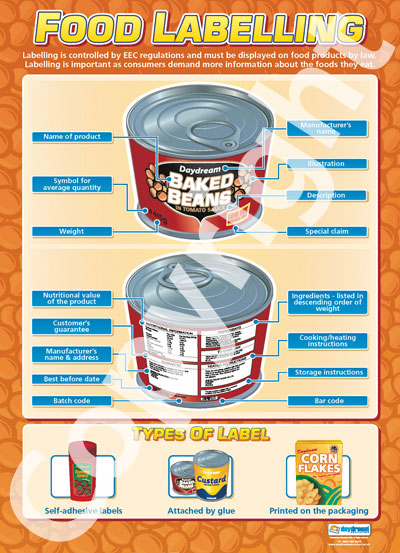
Food Standards
The United Kingdom has a Food Standards Agency plus rules and regulations regarding food labelling instructed by the European Union.
When Britain leaves the European Union some food standard regulations may be relaxed or possibly tightened.
The F.S.A. offers guidance and help to those attempting to understand the maze of do's and don'ts and rights and wrongs of food labelling.
Many consumers find food labels confusing and hard to understand. What is itemized and detailed is constantly being changed.
In the U.K. in recent years we have seen a type of colour-coded, traffic light system, used on food labels to illustrate nutritional values.
These labels may detail ingredients that are dangerously high in the product, when it is best that they should not be, such as salt, which would be shown in red.
The bonus is that this sort of labelling makes sense and does help those who have literacy issues.
Advice on reading food labels
Firstly let’s look at dates
- Use by Date is the one to adhere to. Make sure that you use the product before the date. If you have not discard it.
- Sell By Date is the date by which the product should no longer be on sale in the store. However the food may still be perfectly safe for you to eat.
- Best Before Date is the date at which the quality of the food will deteriorate. The food may still be safe to consume but be less fresh. Obviously food does not know to instantly go off on this date.
You need to use your common sense, eyes and sense of smell to assess if the food is safe. Make sure though that you do not eat food after its use by date. It is not worth the risk to your health.
Other information
Most food labels include details of the calorific content of the food and a list ingredients with these broken down into types such as fats.
Most of the details are based on 100g of the product so remember to adjust accordingly. For example, if a tin of dog food lists the nutritional values for the ingredients based on a 100g, you will need to multiply this by three for a 300g tin.
Remember also to look if the weight of the product used is net or gross.
Items such as tinned hot dog sausages will have a figure that includes the liquid, usually brine, and one that does not. Obviously the liquid will be discarded and so should not be included when counting calories.
Similarly the net weight of items such as wrapped chocolates will be the amount once the wrappers have been removed.
Items that have lots of E numbers included in the list of ingredients will often be less healthy and may be more fattening. As a rule of thumb this is the case.
Watch out for products that claim to be low-fat or sugar-free as the products may include an artificial, substitute sweetener which might not be good for you.
Low-fat products often have nearly the same amount of calories as standard food products that are not labelled low-fat.
Remember also however that some fats are good for you and check what type of fats are included in the product. It is the saturated fats that can be harmful and so opt for foods that contain less of this type of fat.
Overall
Consumers put a lot of faith and trust in manufacturers and retailers. If you come across foodstuffs that are improperly labelled contact the foods standards agency.
Remember to read labels fully in order to get the best description available of the product.
After all we all know that, We are what we eat.
What About You?
Do you find food labels easy to understand?
© 2009 Ethel Smith

